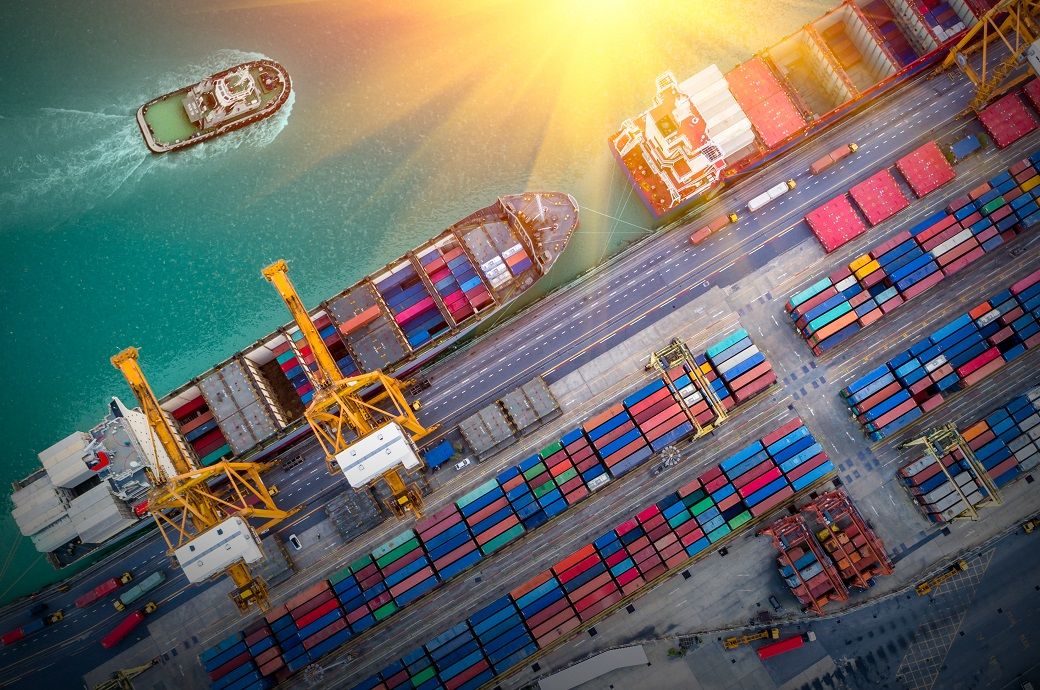
Between Q4 2021 and Q3 2022, there was a significant increase in extra-EU trade, mainly caused by rising commodity prices, particularly for imports of energy, as the Russian invasion of Ukraine put additional upward pressure on these products. However, in Q4 2022, exports grew only by 1.5 per cent compared with the previous quarter, while imports fell by 7.7 per cent due to decreasing prices of energy products, Eurostat said in a press release.
In Q1 2023, both exports at -1.4 per cent and imports at -11.5 per cent fell compared with the previous quarter, totalling €656 billion and €658 billion, respectively.
However, rising prices of energy products increased the deficit for energy so much that the overall surplus turned into a deficit. In the last two quarters, declining energy prices allowed the trade deficit to return to almost zero.
Although in Q1 2023, the trade balance for machinery and vehicles at €47 billion was still not close to the high value registered in Q1 2019 at €60 billion, data show that the trade balance for these products almost doubled compared with Q2 and Q3 2022 at €25 billion in each quarter.
In the first three months of 2023, the EU trade balance for energy products was -€114 billion and -€9 billion in raw materials.
ALCHEMPro News Desk (NB)
Receive daily prices and market insights straight to your inbox. Subscribe to AlchemPro Weekly!